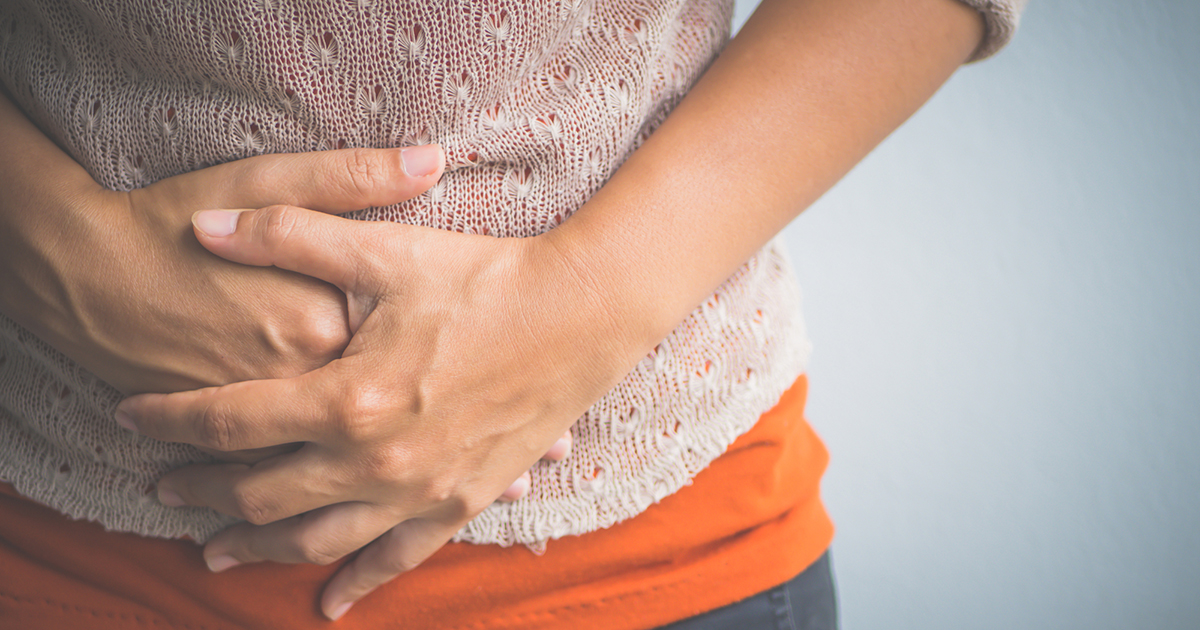How To Treat Urinary Incontinence
If a person is experiencing urinary incontinence, it means they are unable to control when they urinate. Urinary incontinence is a relatively frequent problem for both sexes, although women, especially those who have given birth, tend to have higher rates of it. Urinary incontinence occurs when an individual loses or has decreased control over the voluntary urethral sphincter. Urinary incontinence can have many different causes, so the exact reason behind it will change from patient to patient. Some of the risk factors include smoking, obesity, and other stress-related factors. Additionally, as an individual gets older, they are more likely to develop urinary incontinence from the aging of the muscles that control urination.
Get to know the various options for treating urinary incontinence now.
Fluid And Diet Management

While this is not a miracle cure, fluid and diet management is an amazing way to help get urinary incontinence under at least some measure of control. To begin, an individual with urinary incontinence should drink only the amount of fluids needed to remain healthy and functional. Drinking more than what is needed will increases the body's urine output, making it much harder to avoid leakage. In the diet, patients should cut out certain items from the diet. For example, caffeine, alcohol, and artificial sweeteners all have been shown to increase the output of urine and make it harder to control urination. Other things that may cause bladder irritation include milk, honey, coffee (both caffeinated and decaffeinated), spicy foods, and citrus. Reducing or eliminating these substances from the diet can be an excellent way to relieve urinary incontinence.
Reveal the next method of treating urinary incontinence now.
Protective Garments

Protective garments can reduce the embarrassment that sometimes comes with urinary incontinence. These types of garments are designed to be unnoticeable to others. Each product will have a different absorbency, and they come in assorted sizes, shapes, and colors. Absorbent pads are designed for women and can help keep urine off the skin. Different styles of underwear can also be used. For example, some are disposable undergarments that can usually hold more urine than a pad, and others are reusable undergarments. These can also hold more urine than a pad, and they can be washed and used again, which can help save money if necessary. Some individuals also wear plastic pants over their underwear, which can prevent some urine from leaking out onto clothes or other surfaces. Regardless, these sorts of garments can be helpful for an individual who wants to have less laundry to do and less potential embarrassment.
Continue reading now to get familiar with the next option for treating urinary incontinence.
Barrier Cream On Skin

Urinary incontinence can also cause problems like blistering with skin in the genital and leg regions, but patients can avoid this by placing a barrier cream on the skin affected by urinary incontinence. Individuals with urinary incontinence are more likely to develop sores, peeling, and yeast infections, so this is an important piece of treatment that should not be overlooked. The garments designed to help with urinary incontinence can actually increase the occurrence of skin problems, thus amplifying the importance of skin care creams. Barrier creams will help the skin remain moisturized to prevent sores from building up, and they should contain an ingredient that inhibits the growth of yeast. The cream can also prevent pores from being blocked up and soothe the skin in affected areas.
Discover more treatments for urinary incontinence now.
Scheduled Toilet Trips for Training

A patient with urinary incontinence may end up scheduling life around the fact that they are unable to control their urination, though bladder training is an excellent way to alleviate this issue. Scheduled toilet trips will help teach the body when it is appropriate to urinate, which helps eliminate some of the issues with voluntary control. The scheduled trips will also help an individual learn how to control urination and their bladder again. Scheduled toilet trips can also help keep urine from building up in the bladder, reducing the amount of leakage. The scheduling usually begins after an individual has kept a bathroom diary for a time, allowing the person to best determine when the bathroom trips should actually be scheduled.
Learn about the next form of treating urinary incontinence effectively now.
Surgery

For the most extreme cases of urinary incontinence, surgery may be an option to alleviate the leakage problem. Sometimes, injections will be made to help strengthen and stabilize the neck of the bladder and urethra. In other cases, more invasive procedures are done. Some patients have a urethral sling surgical procedure, where the sling is placed near the urethra to life and support it. Sometimes a colposuspension will be done. This procedure moves the part of the urethra near the bladder to its original position to make the muscles better able to control it. Surgical procedures can be helpful, but they do come with risks, such as infection.